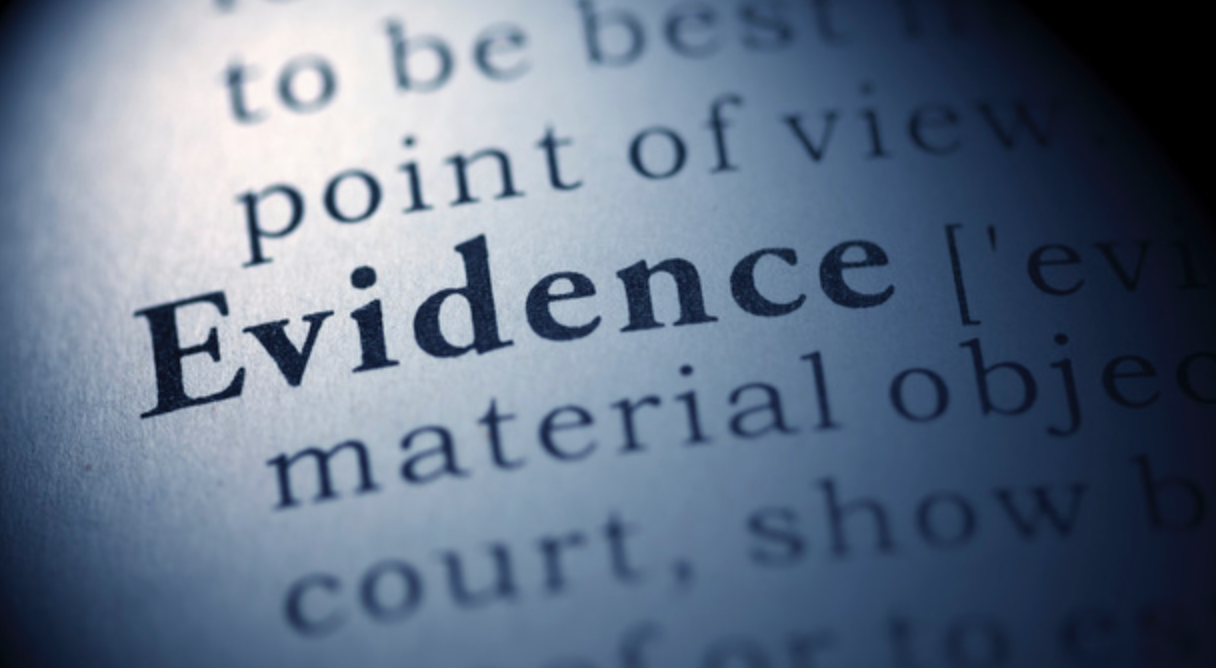
How one Employer in Alberta recently handled an investigation
In preparation for our upcoming workshop in Alberta, I thought I would research an Alberta case this time around. As always, it provides great learnings for the Investigator in all of us. I look forward to meeting those of you attending our sessions and getting into the business of asking questions!
This case occurred in Edmonton and was heard by an Arbitation Panel. The Arbitration flows from Mr Smith’s grievance related to his dismissal. Mr Smith was a heavy duty mechanic for about two years prior to his dismissal for making disparaging and racist comments to a co-worker. Mr Smith denied making the comments. Part of the agreed statement of facts was reference to Mr Smith having undergone the Employer’s Respectful Workplace training and reference that he was provided documentation to that effect.
One of the exciting new initiatives of Hill Advisory Services is the production of a brand new, Canadian content, LMS ready Harassment Awareness and Prevention E-Learning package, which is fully customizable to your environment. Contact us for more information!
The incident that led to Mr Smith’s dismissal was documented in email amongst the management team of the employer and details the statements Mr Smith is said to have made to a fellow employee which include: referring to him as a “monkey”, and saying “I am going to use your black skin to wrap around my steering wheel”. The statements were witnessed by two co-workers, over the course of a few days and on one occasion a co-worker attempted to intervene.
Interestingly, both Mr Smith and the target of the comments, Mr Jones were fairly recent immigrants to Canada. Mr Smith had immigrated from Romania and Mr Jones had immigrated from Sudan. Both men had learned English as a second language before they began working together. The relationship between the two seemed fine before the incident. Mr Smith had some extensive dental work done and returned to work. Mr Jones thought that perhaps Mr Smith was being affected by some medication he was on as Mr Smith started making racist and offensive comments to him. Mr Jones did not know what to do and was upset in the workplace.
In his testimony Mr Smith referring to being at the dentist and recovering from anesthesia. He referred to a discussion involving animals in Africa, but denied calling Mr Jones a “monkey”. He also denied swearing at him and referring to his mother in a derogatory fashion. He testified that he had made a reference to Mr Jones’ skin being soft and compared it to a steering wheel leather. He said that discussions on Mr Jones’ skin texture were not uncommon and he did not believe the were offensive. Mr Smith asked the Arbitration panel to check with witnesses, who he was sure would support his version of the events.
WItness testimony confirmed Mr Jones’ testimony and directly contradicted Mr Smith’s. The employer interviewed all involved. It was noted that in some of the witness testimony, there was no reference to the word “monkey”. The witness indicated that he had not been shown a copy of the statement that he gave and was not given a chance to review the content.
Upon speaking to witnesses, the employer’s representatives determined that the comments were made, that Mr Smith denied them and did not seem to appreciate the gravity of his actions and they recommended termination.
During the interview with Mr Smith, the investigator was asking questions and typing essence responses into a computer as Mr Smith was speaking. Mr Smith was agitated and refused to answer the investigator’s questions if she kept typing. Eventually another investigator took over and asked the questions. The meeting ended with Mr Smith no longer answering questions or making eye contact.
A few lessons to be learned here. First, it is solid practice to have a witness review the statement generated from a formal interview. Not only does this provide a much clearer version of the evidence, it also provides an agreed upon document that can be tendered as evidence should a case be appealed to another jurisdiction, which it was here. Second, it seems the investigators may have shied away from using the offensive terms that were spoken in their notes. While this may not be the case, it brings to mind the tendencies we can all have, to “soften” or be overly general with respect to offensive evidence. Generally, if a term is used and will form the basis of a decision on employment status, it is better to include the exact phrasing rather than place your own “lens” in the way. In this case, the lack of inclusion of the phrase (although the witnesses recall stating it) is used by the Union counsel to attempt to overturn the employers decision at Arbitration. Third, the issue of typing while trying to conduct an interview and the effect of the investigator upon a person being interviewed. Quite simply, in my opinion, the most important thought process for a successful investigator is not “how am I going to take notes” and is more along the lines of “how is my process working (or not) for this particular witness, at this time and is there any way I can change what I am doing to help with the process”. The argument that a person being interviewed is being “uncooperative” or “disrespectful” happens all too often. The core of our practice and teaching is learning to overcome these manners of thinking and investigating in order to present a solid case finding, backed by the evidence, which is not influenced by bias or pre-conceived notions, and that can stand up to third party scrutiny. There are many working parts.
In the end, the arguments from the Union counsel were not quite enough, in a majority decision, the Arbitration panel upheld the employer’s decision.
While I agree with the ultimate disposition of this case, it strikes me that several of the hurdles the employer counsel had to navigate could have been mitigated with a more thorough process from the beginning. There’s just no telling which cases will go to appeal, so our motto is “treat each case as if it might”.


